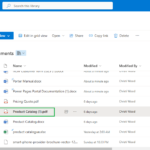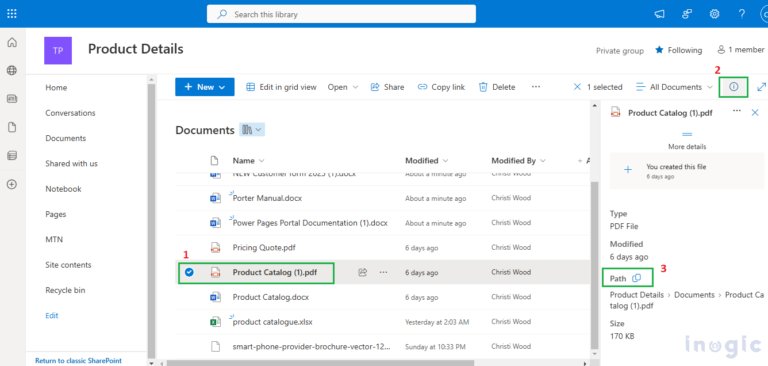In the dynamic world of Salesforce, the management and understanding of metadata plays a crucial role in maintaining robust business processes. For teams working within Salesforce, from administrators to developers, a comprehensive grasp of metadata is essential. This article explores the importance of effectively documenting Salesforce metadata and introduces the concept of a data dictionary as a critical tool in this endeavor.
Understanding Data Dictionaries
A data dictionary is the map that navigates you through the intricacies of your Salesforce metadata. It’s a centralized repository that sheds light on your objects, fields, relationships, and configurations. Imagine having a comprehensive guidebook that not only captures the essence of your Salesforce org but also serves as a valuable asset for collaboration, onboarding, and maintenance.
Why a Data Dictionary Matters ?
A data dictionary for Salesforce is more than just a list of items; it’s a comprehensive guide that details the structure and interconnections of metadata components. It’s instrumental for effective collaboration, onboarding new team members, and ensuring smooth maintenance and upgrades.
The Documentation Challenge
Manually creating and maintaining a data dictionary is a formidable task. It’s often time-consuming, prone to human error, and can lead to inconsistencies, especially as Salesforce environments grow more complex. This challenge calls for a streamlined approach to documentation.
Don’t forget to check out: Effortless Integration of Salesforce Org Documentation Into Atlassian Confluence
Exploring Solutions for Metadata Documentation
While manual documentation has its drawbacks, several tools and methods have emerged to facilitate this process. Tools like AbstraLinx offer automated solutions to generate data dictionaries, but understanding the landscape of available options is key. These tools vary in features such as automation, user interface, and integration capabilities.
A Closer Look at AbstraLinx
AbstraLinx is one of the tools that aim to simplify Salesforce metadata documentation. It allows users to import their Salesforce metadata and generates a data dictionary in a user-friendly format. Let’s break down how such a tool works:
1.Importing Metadata: The process begins with importing Salesforce metadata into the tool.

2.Generating the Dictionary: The tool then automatically generates a data dictionary. Here’s a step-by-step guide to initiate the generation process :
- Navigate to the “Tools” menu within AbstraLinx.
- Select “Generate Data Dictionary” from the dropdown options.
- In the ensuing dialogue box, tailor the generation process to your specific needs:
- Output: Choose a directory where you want to store the data dictionary.
- Export Type: Specify the format of the generated document (options include HTML and CSV).
- Metadata to Export: Handpick the specific fields you want to include in the export.
- Options: Opt to export only the visible fields in your data dictionary by checking the corresponding checkbox.

- Click “OK” to kickstart the generation process.
As the gears of AbstraLinx automation turn, your data dictionary takes shape a centralized repository of your Salesforce metadata, neatly organized and ready for exploration.
3.Navigation: Users can navigate through the documentation with ease.

Search and Filter with Ease
- Seamlessly search for specific information within the AbstraLinx data dictionary using the built-in search functionality.
Export Options for Flexibility
- Explore various export formats within AbstraLinx, including XML, JSON, CSV, SQL, TXT, and MS-Excel.
- Tailor the data dictionary to align with your organization’s preferred format, ensuring compatibility with diverse workflows.
![]() Check out another amazing blog here by Alice: Ultimate Guide: How to Import Your Salesforce Metadata into AbstraLinx
Check out another amazing blog here by Alice: Ultimate Guide: How to Import Your Salesforce Metadata into AbstraLinx
The Broader Impact of Effective Documentation
Beyond specific tools, effective Salesforce metadata documentation has a broader impact. It enhances team collaboration, ensures accuracy in tracking changes, and aids in compliance and auditing processes. A well-maintained data dictionary can be a cornerstone of efficient Salesforce management.
Conclusion
Efficient documentation of Salesforce metadata, whether through automated tools like AbstraLinx or other methods, is not just a best practice but a strategic necessity. It empowers teams to make informed decisions, fosters collaboration, and maintains clarity in the ever-evolving Salesforce ecosystem.











